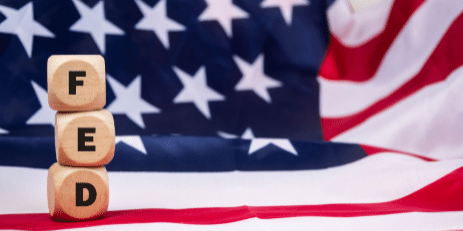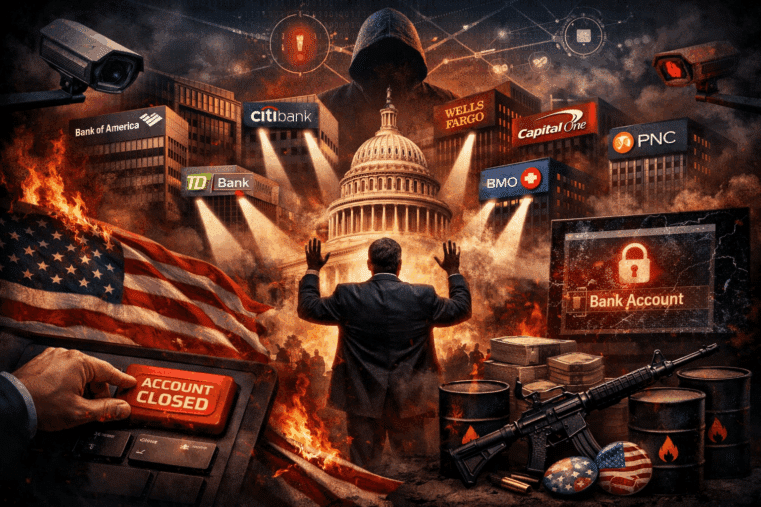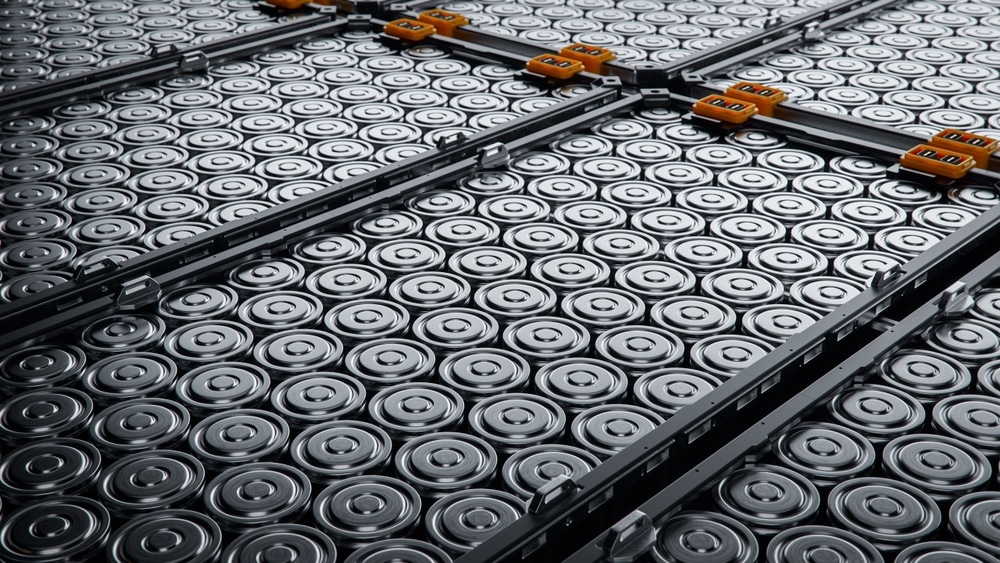
The Fed's Game: Should It Fuel the Demand for Money or Let Markets Breathe?
The Smoke and Mirrors of Demand for Money
The establishment economists love to argue that a growing economy requires an ever-growing money supply. Their logic? More economic activity equals a higher demand for money, and if the Fed doesn’t pump out fresh dollars, prices will fall, destabilizing the economy and triggering recession or depression. It sounds reasonable—until you realize it’s based on a toxic mix of half-truths and outright manipulation.
The argument ignores a crucial distinction: demand for money isn’t like demand for apples or houses. You don’t “consume” money. As Murray Rothbard put it, “Money is unproductive; it’s dead stock.” Its sole purpose is to facilitate exchange. You demand money not because you love holding it, but because you need its purchasing power to buy real goods and services.
But the Fed doesn’t care about that. When they inflate the money supply to “meet demand,” they aren’t giving you more purchasing power—they’re diluting what you already have. It’s like being handed a larger glass of lemonade that’s mostly water. Sure, you’ve got more liquid, but good luck enjoying it.
Gold vs. Fiat: The Old Debate
Before the Fed’s monopoly on money, markets chose gold as the medium of exchange. Why? Because gold was durable, scarce, and held intrinsic value. But modern economists scoff at the idea of gold-backed money, arguing that it’s “too scarce” to support a modern economy. According to Business Insider, this scarcity would supposedly lead to deflation, stifle growth, and hurt the poorest among us.
Really? Let’s unpack that. Under a gold standard, money's value is tied to something tangible, which disciplines governments and central banks. They can’t just print their way out of problems. Yes, gold is scarce—but that’s the point. Its scarcity keeps it honest, unlike the limitless paper and digital credits churned out by the Fed, which only fuel asset bubbles, inflation, and inequality.
And let’s not pretend fiat money has been a boon for the poor. Since the 1970s, when the dollar was fully severed from gold, we’ve had rampant inflation, growing wealth gaps, and a parade of economic crises. The “flexibility” of fiat money doesn’t empower people; it enslaves them to an endless cycle of devaluation and dependency.
Inflation: The Silent Thief
When the Fed inflates the money supply, it sets off a chain reaction of destruction. Prices rise, your savings lose value, and the purchasing power of your paycheck evaporates. And it doesn’t stop there. This artificial money creation distorts markets, creating booms in some sectors while leaving others to rot. Eventually, the bubble pops, and we’re left to pick up the pieces while the Fed blames everyone but themselves.
Ludwig von Mises nailed it when he said, “Nobody wants a greater amount of money in their pockets; they want greater purchasing power.” Yet the Fed continues to confuse quantity with quality, flooding the system with worthless paper while pretending it’s solving the economy’s problems.
The Myth of Too Little Money
The idea that the free market can’t provide enough money is pure fear mongering. Mises again cuts through the noise: in a free market, the supply of and demand for money naturally align through changes in its purchasing power. There’s no such thing as “too little” or “too much” money. The market takes care of it, as long as central banks keep their meddling hands out of the pot.
But the Fed can’t help itself. It insists on “accommodating” demand for money with endless inflation. What they don’t tell you is that this isn’t about meeting your needs—it’s about propping up the banks, funding government debt, and keeping the financial elite on top while the rest of us scramble to stay afloat.
The Takeaway: Stop Feeding the Beast
If you’re waiting for the Fed to fix the economy, don’t hold your breath. Their “solutions” are the problem. Every new dollar they print is a theft of your purchasing power, a distortion of market signals, and a step closer to economic collapse. The demand for money is real, but it’s a demand for stability, not inflationary chaos.
It’s time to break free from this rigged game. Stop trusting the Fed to look out for your interests—they’ve proven time and again that their loyalty lies elsewhere. Instead, take control of your financial future by investing in real, tangible assets and preparing for the inevitable fallout of this fiat experiment.
Call to Action
Don’t wait for the next crisis to wipe you out. Download Seven Steps to Protect Yourself from Bank Failure by Bill Brocius today. Learn how to safeguard your wealth, escape the inflation trap, and build a future free from the Fed’s clutches. Click here to get your free guide.
Keep questioning. Keep resisting. And never let them rob you of your autonomy.










